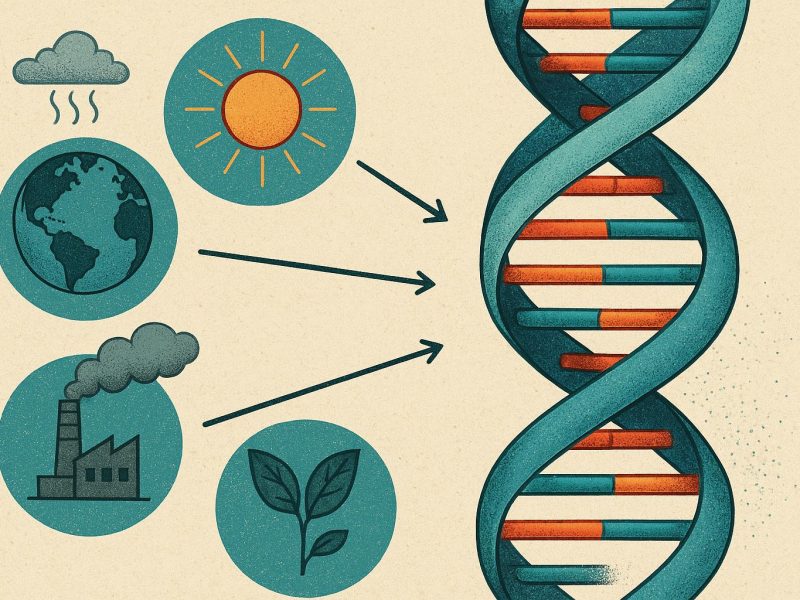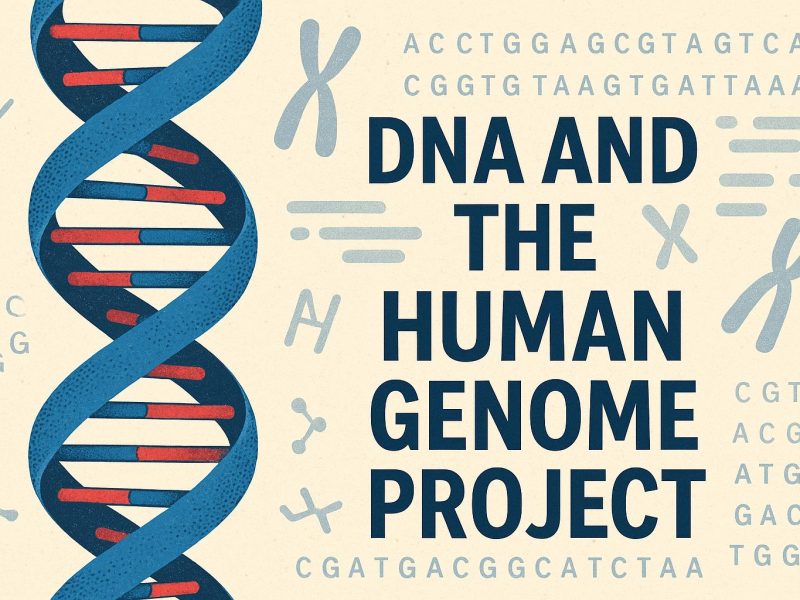The Basics of Mitochondrial DNA
Mitochondrial DNA, often abbreviated as mtDNA, is a small yet crucial segment of our genetic composition. It stands apart from the more familiar nuclear DNA, which is situated within the cell nucleus. The mitochondria, where mtDNA exists, are unique organelles located in the cell’s cytoplasm and are commonly referred to as the powerhouses of the cell. Their primary function is to generate energy in the form of adenosine triphosphate (ATP) through a biochemical process known as oxidative phosphorylation. Within each mitochondrion, there are numerous copies of mitochondrial DNA, all of which are inherited exclusively from the mother. This means that one’s mitochondrial DNA is maternal in origin, creating a direct line from mother to child.
Structure and Function of Mitochondrial DNA
The architecture of mitochondrial DNA is comparatively straightforward when juxtaposed with the intricate structure of nuclear DNA. MtDNA is a circular molecule that contains approximately 16,569 base pairs. In these base pairs are encoded 37 distinct genes, each playing a pivotal role in mitochondrial function. These genes include instructions for essential proteins that constitute the electron transport chain—a critical component for ATP synthesis.
Comprehending the functionality of mtDNA is paramount, as mutations within these genes can cause a spectrum of mitochondrial disorders. Such ailments often impact organs with significant energy requirements, such as the brain, heart, and skeletal muscles. The understanding of how these mutations influence human health is an expanding area of research, underscoring the importance of mitochondrial DNA in medical science.
Inheritance Patterns
The transmission of mtDNA is strictly maternal. This unique mode of inheritance provides an advantageous tool for tracing maternal genealogies. Biologists and genealogists frequently leverage mtDNA to scrutinize human migratory routes and ancestral history. This continuous maternal line is commonly identified as one’s matrilineal heritage. The study of this lineage offers a window into human history, allowing for the exploration of our shared and diverse past.
Implications in Evolutionary Studies
Mitochondrial DNA research has substantially expanded our understanding of evolutionary biology. Its relatively stable mutation rate allows mtDNA to act as a molecular clock, offering estimates of the timeline for human evolution. This capability empowers researchers to deduce when and how distinct human populations branched and migrated globally. Such insights refine our perception of human ancestry and the factors that shaped modern genetic diversity.
Additionally, the study of mtDNA in other species aids in mapping evolutionary relationships across the tree of life, highlighting our shared origins with other organisms.
Mitochondrial DNA and Medical Research
Mitochondrial DNA occupies a central role in medical research. Investigations into mtDNA provide profound insights into disease etiology, facilitating diagnostics and therapeutic advancements. A multitude of disorders arise from mtDNA mutations, exemplified by conditions such as Leber’s hereditary optic neuropathy and mitochondrial myopathy. These disorders underscore the indispensable role of mtDNA in sustaining normal cellular operations and energy production.
The pursuit of effective treatments for mitochondrial diseases has led scientists to examine options like mitochondrial replacement therapy. This approach offers hope, as it involves transferring healthy mitochondria into cells to replace defective ones, potentially mitigating the impacts of mitochondrial diseases. Nonetheless, as promising as these interventions may be, they present ethical dilemmas that merit meticulous consideration.
Moreover, ongoing research endeavors aim to unravel the complex relationship between mtDNA mutations and multifactorial diseases such as diabetes, cancer, and neurodegenerative disorders. Understanding how these mutations contribute to such conditions might revolutionize how we approach prevention and treatment.
For further reading, you can explore relevant articles through this link to the National Institutes of Health, which provides extensive resources on genetic and health research.
In conclusion, mitochondrial DNA is a fundamental element of genetics that persistently enhances our comprehension of biology, evolutionary mechanisms, and medical science. Its distinctive properties and modes of inheritance render it a valuable asset within both the scientific and healthcare sectors. As research progresses, mtDNA is poised to continue its pivotal role in addressing enduring biological and medical challenges, paving the way for groundbreaking advancements in our understanding and treatment of genetic diseases.



